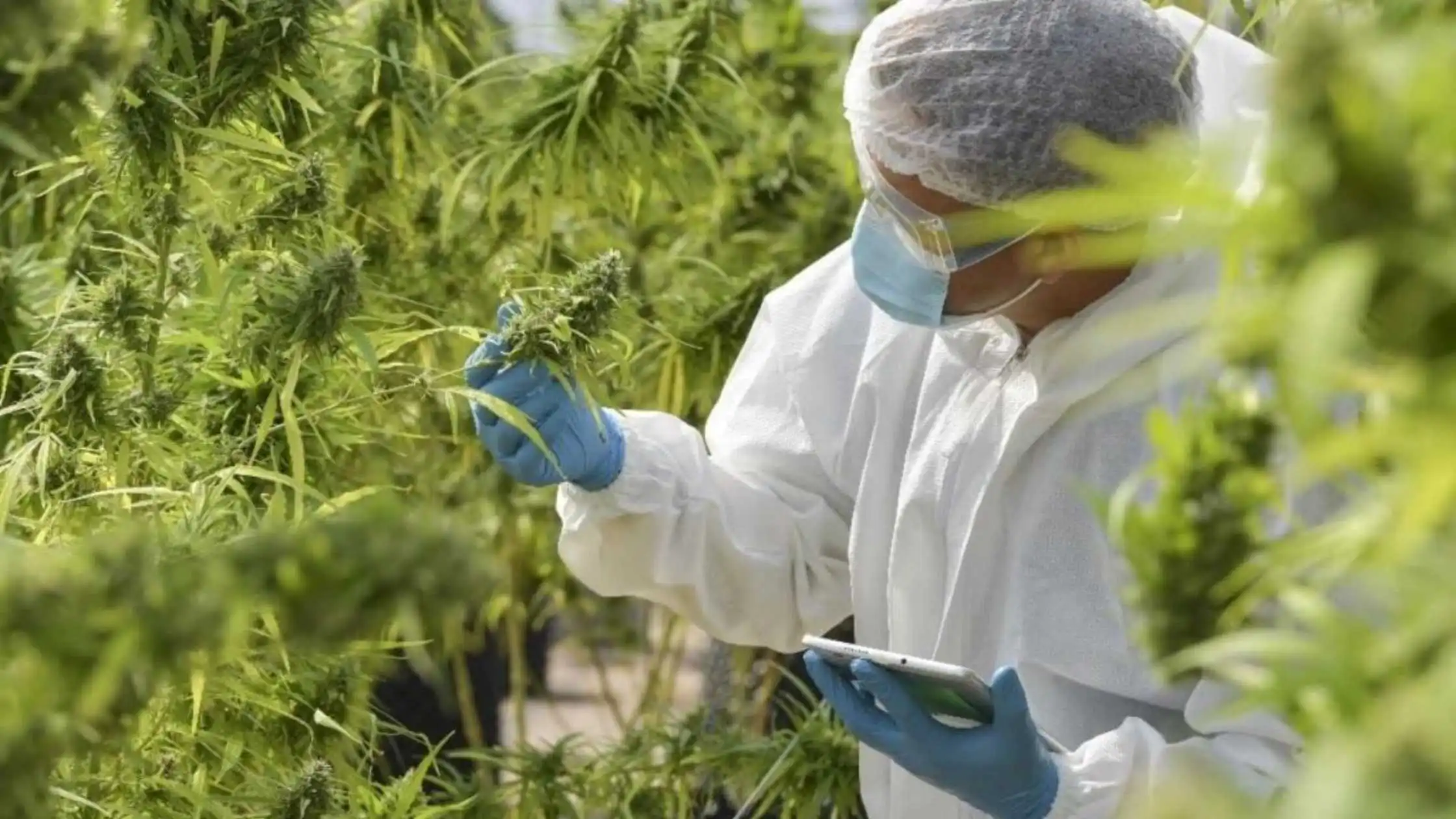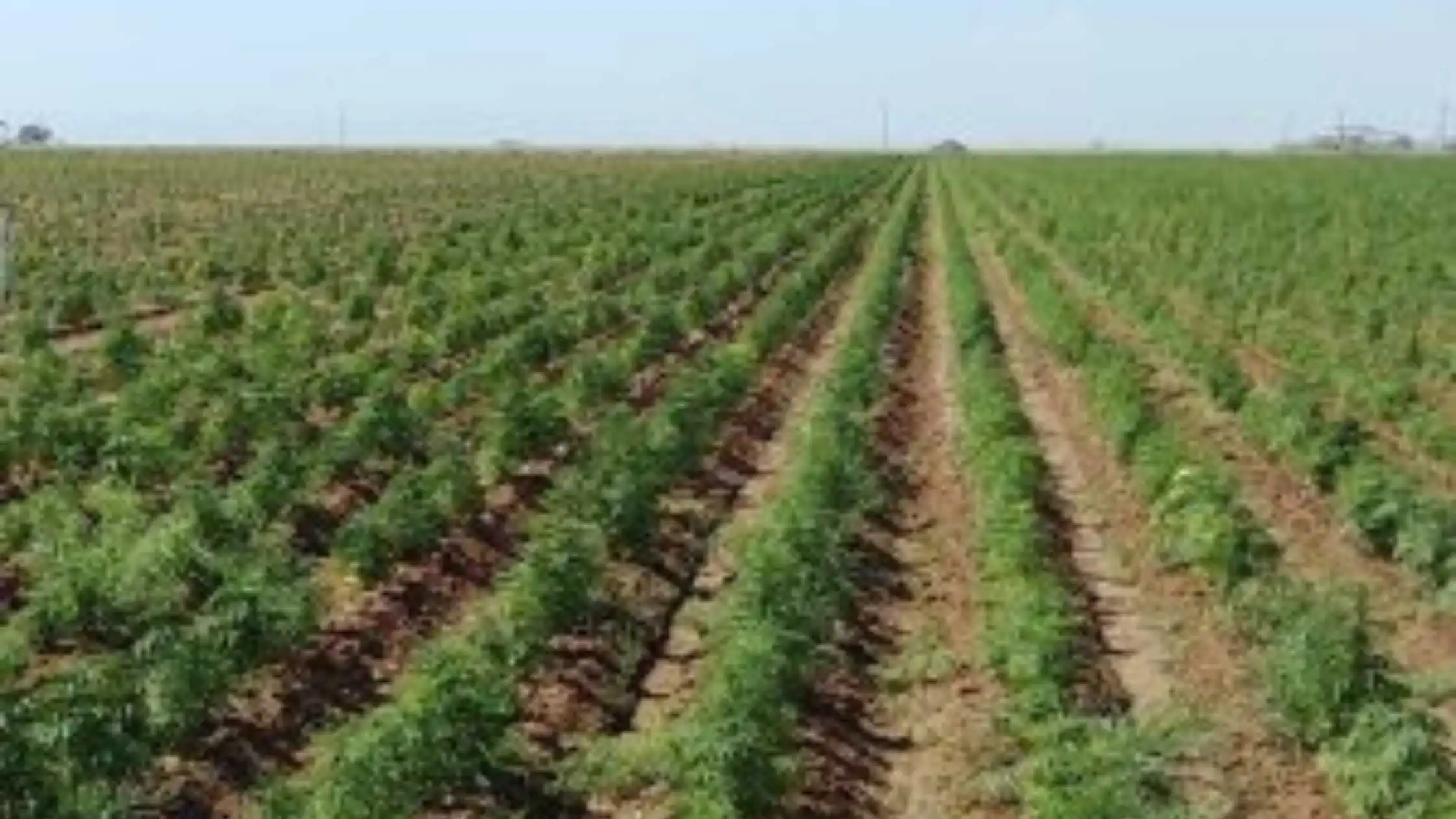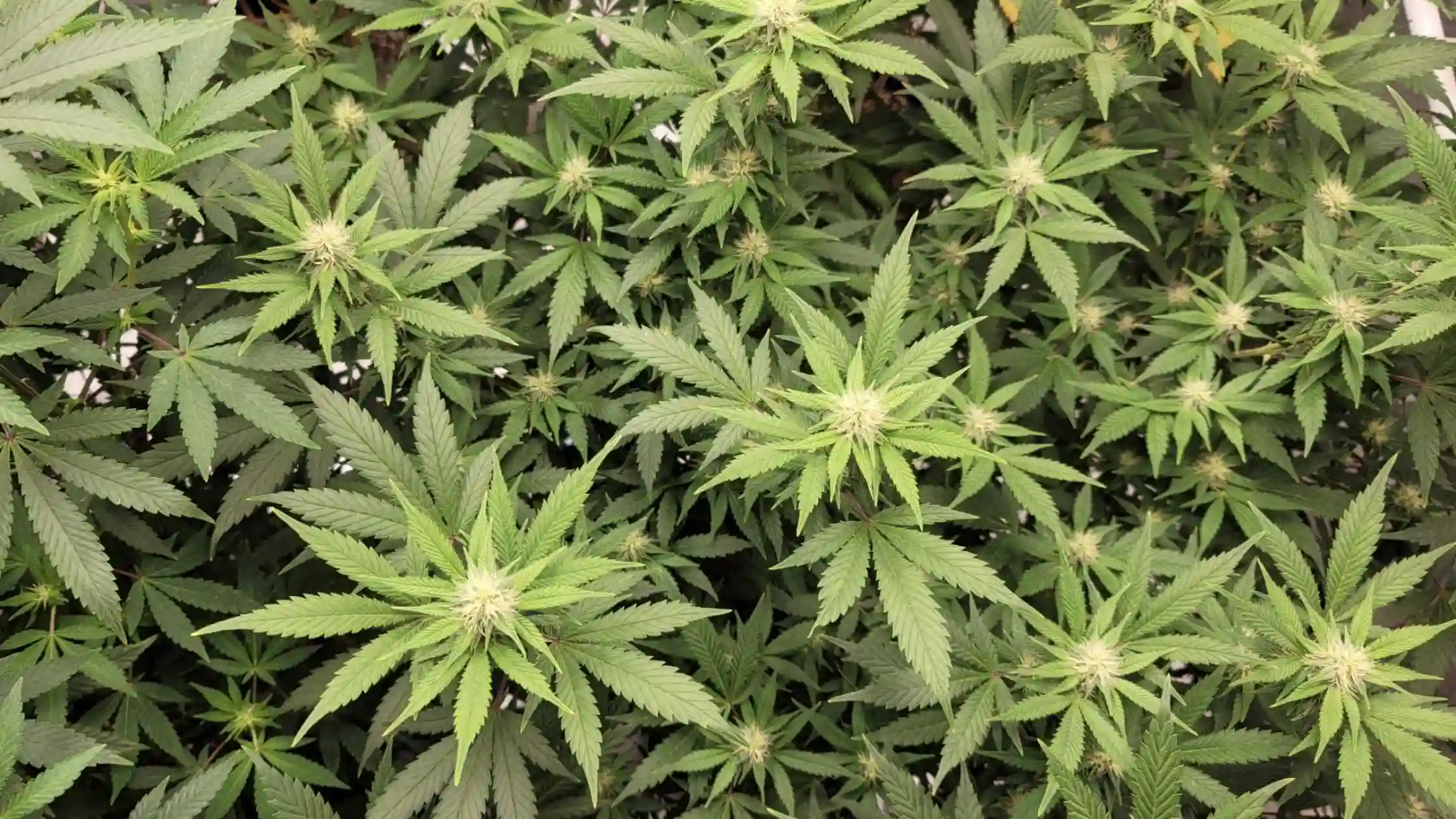]Starting a cannabis cultivation facility is a high-risk undertaking and should be well thought-out and planned before proceeding.
Pam Chmiel
Every cultivation company would benefit from a business plan when designing a grow facility.
A business plan forces you to consider every aspect of your enterprise, ensures you’ve thought through all the options and minimizes any potential difficulties.
It serves as an operating guide as you advance and expand as a company.
However, it’s also important to never get married to your business plan and to be nimble, because the markets are constantly evolving.
Sizing up your management team
Terry Buffalo
When building the management team, lay out their skill sets and what they bring to the table to see who compliments who and where the holes are.
Hire professionals working in the cannabis industry who understand the ins and outs and can give expert advice.
For example, you have an individual growing commercially on a large scale with an excellent track record, but does that person have impressive key performance indicators (KPIs)?
Do they understand all the moving parts of this type of facility? Your head of cultivation might be a master grower, but can they manage people?
Maybe you hire a facility manager to let the grower focus on the plants and not worry about the responsibilities of the facility.
The $10 million risk
Suppose you’ve never been a grower or run a cultivation facility.
In that case, you need a professional to guide you because it can cost $10 million-plus to build and operate one.
Managing financials for a high-priced operation is also risky if you go over budget. What if you need an additional, say, $4 million?
That’s not so easy to acquire quickly. Understanding equipment costs and the costs per square foot is essential to getting your projections correct.
Understand the capital costs and proven pro forma projections in this area.
When crunching numbers for the financial plan, start from scratch with the expenses incurred before you put a single seed in the ground.
Buying the land, building construction, labor, equipment, lights, licensing and insurance – depending on the facility, it could take up to a year to get these things in place, get operations up and running and generate revenue.
Suppose you plan to expand the cultivation facility to include processing and manufacturing.
In that case, you must understand the production model, which tends to be more complex to calculate.
For example, how much flower do you grow to manufacture a specific amount of edibles or tinctures?
Financial projections tell you the revenue you need to get to break-even and profitability.
What if your facility can’t produce the quantity you need? Do you build out the facility’s capabilities to meet the need?
The importance of SOPs
Standard operating procedures (SOPs) are essential to keep your business running efficiently and in compliance. There are SOPs for cloning, flowering, processing, drying, waste disposal, etc.
Having a set of SOPs from the moment someone enters your grow operation adds a layer of protection by forcing employees to follow compliance rules and avoid costly violation fees.
Integrated pest management (IPM) is a significant SOP because the risk of financial loss from bug infestation and contamination can put a company out of business.
Another example of a critical SOP – worker clothing: Someone could quickly bring something that would contaminate the plants and cause significant issues for the cultivation facility.
When cultivation workers handle flowers, they are “suited up” by removing street clothes, showering, using a hairnet, and changing into scrubs or a company-provided uniform.
Repeat the process each time workers reenter the facility to keep it contamination-free.
What if you lose an entire crop? That’s a financial hit for a company because it didn’t have proper protocols from Day One.
There are also rules and regulations around waste disposal that require SOPs. Even though there are people trained in this, a business owner must make them read the SOPs and sign off to understand their roles and responsibilities.
A detailed SOP is not required from Day One because the facility hasn’t been built yet, but at least create a template.
Once the business owner has thought through every step, and then once the facility is under construction, the SOPs can be customized.
Now, the company has a road map and an operational plan.
Grow facility layout, design considerations
For the most efficient design, start with understanding the workflow to build the facility.
The process of transferring flowers from room to room as they move from dry curing to packaging and shipping is streamlined.
Understanding how that workflow looks can help avoid costly mistakes.
Also, know your market demand to calculate how much space you allocate for flowering, drying, curing, manufacturing, packaging, storage, etc.
A good cultivator should be able to grow 60 grams to 120-plus grams per square foot in rough numbers.
There are design requirements specific to cannabis cultivation and processing that an inexperienced architect might miss, such as building a clean room next to a dirty one, as just another example.
Pam Chmiel is a contract marketing director working with Studio 420, based in New York City. She can be reached at [email protected].
Terry Buffalo is the founder of Denver-based marijuana consultancy Buffalo Cannabis Advisors. He can be reached at [email protected].
Disclaimer: https://mjbizdaily.com/how-to-mitigate-the-financial-risk-of-starting-a-cannabis-grow-facility





